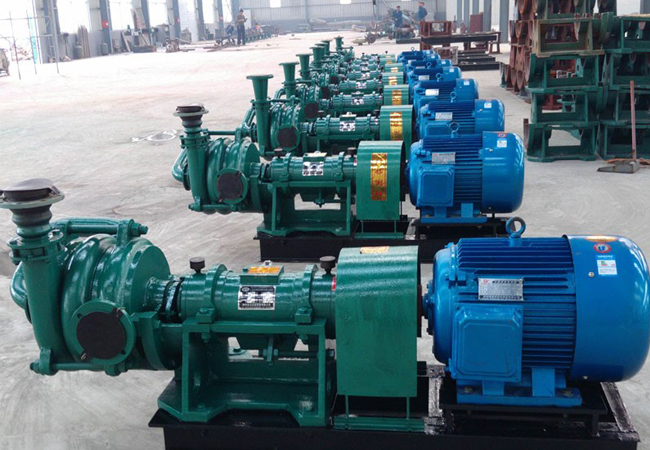English
- Afrikaans
- Albanian
- Amharic
- Arabic
- Armenian
- Azerbaijani
- Basque
- Belarusian
- Bengali
- Bosnian
- Bulgarian
- Catalan
- Cebuano
- Corsican
- Croatian
- Czech
- Danish
- Dutch
- English
- Esperanto
- Estonian
- Finnish
- French
- Frisian
- Galician
- Georgian
- German
- Greek
- Gujarati
- Haitian Creole
- hausa
- hawaiian
- Hebrew
- Hindi
- Miao
- Hungarian
- Icelandic
- igbo
- Indonesian
- irish
- Italian
- Japanese
- Javanese
- Kannada
- kazakh
- Khmer
- Rwandese
- Korean
- Kurdish
- Kyrgyz
- Lao
- Latin
- Latvian
- Lithuanian
- Luxembourgish
- Macedonian
- Malgashi
- Malay
- Malayalam
- Maltese
- Maori
- Marathi
- Mongolian
- Myanmar
- Nepali
- Norwegian
- Norwegian
- Occitan
- Pashto
- Persian
- Polish
- Portuguese
- Punjabi
- Romanian
- Russian
- Samoan
- Scottish Gaelic
- Serbian
- Sesotho
- Shona
- Sindhi
- Sinhala
- Slovak
- Slovenian
- Somali
- Spanish
- Sundanese
- Swahili
- Swedish
- Tagalog
- Tajik
- Tamil
- Tatar
- Telugu
- Thai
- Turkish
- Turkmen
- Ukrainian
- Urdu
- Uighur
- Uzbek
- Vietnamese
- Welsh
- Bantu
- Yiddish
- Yoruba
- Zulu
Telephone: +86 13120555503
Email: frank@cypump.com
Oct . 06, 2024 19:03 Back to list
effluent sump pump
Understanding Effluent Sump Pumps A Comprehensive Guide
Effluent sump pumps play a critical role in managing wastewater in various settings, from residential basements to commercial facilities. These specialized pumps are designed to remove effluent, which is typically wastewater that has been partially treated or contains solid particles. Understanding how these pumps function, their applications, and maintenance requirements is essential for ensuring effective wastewater management.
What is an Effluent Sump Pump?
An effluent sump pump is a submersible or pedestal pump specifically designed to handle sewage effluent. Unlike standard sump pumps that primarily remove groundwater, effluent pumps are built to move wastewater that contains solid waste. This is because they are equipped with more robust components to handle the particles typically found in effluent.
Effluent sump pumps come in various sizes and power capacities, allowing users to choose a model suited for their specific needs. They are often made from durable materials like stainless steel or heavy-duty thermoplastics to resist corrosion and wear from harsh conditions.
Applications of Effluent Sump Pumps
Effluent pumps are used in various scenarios, including
1. Residential Wastewater Systems In homes without a direct connection to the sewer system, effluent pumps facilitate the movement of wastewater from septic systems to a sewer or drain field. This is particularly common in rural areas.
2. Commercial Use Businesses, including restaurants and small manufacturing facilities, often use effluent pumps to handle wastewater generated from their processes.
3. Treatment Plants They are essential in wastewater treatment facilities where effluent must be transported for further processing.
4. Flooded Basements In some cases, effluent pumps can be convenient in managing flooded basements, especially if the incoming water contains sewer or processed waste.
Key Features
When selecting an effluent sump pump, consider several essential features
effluent sump pump

1. Power and Capacity Pumps come with varying horsepower ratings and discharge rates. A pump's power essentially determines how quickly it can move wastewater.
2. Solid Handling Capability Most effluent pumps can handle solids up to 2 inches in diameter, but specifications vary between models.
3. Floating Switch A floating switch can automatically turn the pump on and off based on the water level, which is a vital feature for efficiency and energy conservation.
4. Durability Look for pumps made with corrosion-resistant materials and designed for long-term performance in harsh conditions.
Maintenance Tips
Proper maintenance of effluent sump pumps is vital to ensure durability and efficient operation. Here are some maintenance tips
1. Regular Inspection Frequently check the pump for signs of wear, corrosion, and debris clogging the intake. Removing debris and cleaning filters can prevent pump failure.
2. Test the Pump Perform regular system tests to ensure that the pump activates and deactivates properly with the floating switch.
3. Check Electrical Connections Inspect electrical cords and connections for any signs of damage that could pose safety risks.
4. Professional Servicing Consider hiring a professional for annual servicing to address any intricate components of your effluent pump system.
Conclusion
In summary, effluent sump pumps are an invaluable asset in managing wastewater efficiently across various applications. Their capacity to handle solids and transport effluent makes them suitable for residential and commercial uses alike. Investing in a quality pump and adhering to maintenance standards can prolong its lifespan and improve its effectiveness, ultimately ensuring a clean and functional environment. By understanding these vital components and their applications, users can make informed decisions and ensure their waste management systems operate smoothly and effectively.
-
ISG Series Vertical Pipeline Pump - Chi Yuan Pumps Co., LTD.
NewsJul.30,2025
-
ISG Series Vertical Pipeline Pump - Chi Yuan Pumps Co., LTD.|energy-efficient fluid handling&industrial durability
NewsJul.30,2025
-
ISG Series Vertical Pipeline Pump - Chi Yuan Pumps | Advanced Engineering&Industrial Efficiency
NewsJul.30,2025
-
ISG Series Pipeline Pump - Chi Yuan Pumps | High Efficiency, Energy Saving
NewsJul.30,2025
-
ISG Series Vertical Pipeline Pump-Chi Yuan Pumps|High Efficiency&Reliable Performance
NewsJul.29,2025
-
ISG Series Vertical Pipeline Pump|High Efficiency&Low Noise
NewsJul.29,2025










